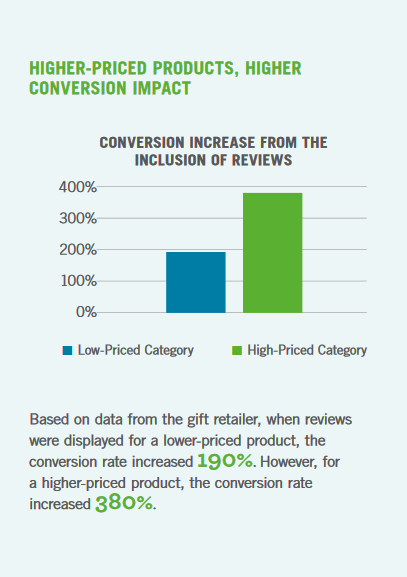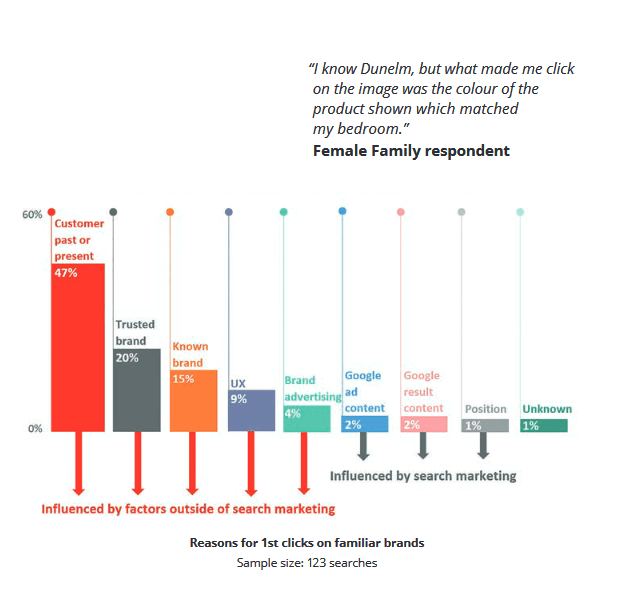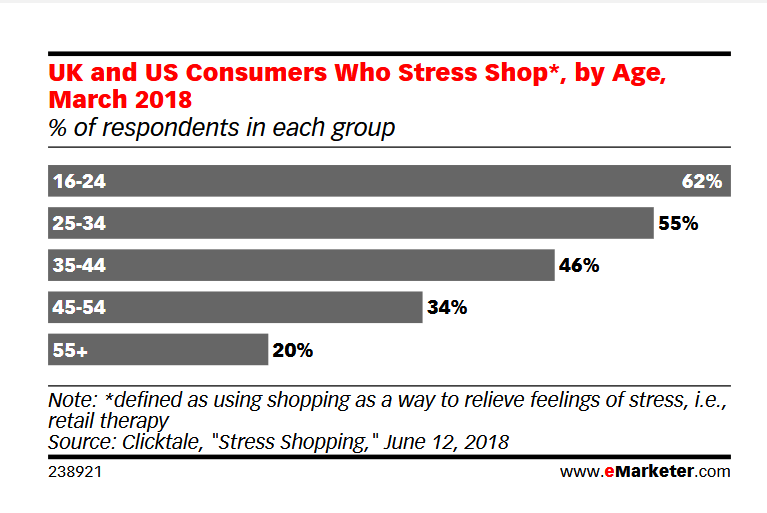6 Factors Influencing Customers’ Buying Decisions (1)
Influencing customers’ buying decisions is what marketing is all about. Knowing what makes your customers tick and what factors weigh in on their decisions to buy is the Holy Grail of all marketers.
If you want to learn more about what factors influence your customers’ buying decisions, this article is for you.
Are you looking to reach more customers?
Join BRAND MINDS 2023 and learn how to generate more revenue using digital marketing from Digital Marketing Expert Neil Patel.

6 factors that influence your customers’ buying decisions
1. Reviews
In 2017 Spiegel Research Center conducted research with the purpose of finding how reviews have transformed the way consumers make purchase decisions – How online reviews influence sales.
The research found that 95% of shoppers read online reviews before making a purchase which makes reviews a powerful form of consumer engagement.
They also found that reviews influenced customers’ buying decisions depending on the following factors: the price of the product, degree of uncertainty or risk involved in the purchase, average star rating, presence of negative reviews, and the number of reviews.
Reviews influence customers’ behaviour as follows:
![]() Displaying reviews can increase conversion
Displaying reviews can increase conversion
The purchase likelihood for a product with five reviews is 270% greater than the purchase likelihood of a product with no reviews
![]() Reviews impact sales more for higher-priced items and for higher-consideration items
Reviews impact sales more for higher-priced items and for higher-consideration items
When the price is higher, there is more risk involved in the consumer’s decision. Having more information via reviews helps mitigate that risk;
![]() Negative reviews establish credibility with 82% of shoppers specifically seeking them out;
Negative reviews establish credibility with 82% of shoppers specifically seeking them out;
![]() Initial reviews have the greatest impact
Initial reviews have the greatest impact
Nearly all of the increase in purchase likelihood occurs within the first 10 reviews, and the first five reviews drive the bulk of this increase. Higher-priced items need at least five reviews to see the greatest conversion impact, whereas lower-priced items only need 2-4 reviews to see a significant impact.
![]() Purchase likelihood increases by 15% when consumers are exposed to reviews written by a verified buyer vs. an anonymous review.
Purchase likelihood increases by 15% when consumers are exposed to reviews written by a verified buyer vs. an anonymous review.

source: How online reviews influence sales
2. Brand familiarity
If you are a search marketer you are striving every day to keep your brand visible on the Google Search Results Page. I’m sure you are familiar with the following saying: The best place to hide a dead body is page 2 of Google. That’s another way of saying that you need to have your brand or company appear on the first page because no one has the time nor the patience to go further to page two or three.
Additional reading: Learn how to rank 1st in Google search results.
The Secret Life of Search is a study based on eye-tracking over 400 search journeys across more than 40 search terms. This study set out to discover how consumer search behaviour has been evolving in recent years and offers a series of interesting and surprising insights.
The first insight is that brand familiarity won more clicks on Google.
![]() 82% of respondents opted for a brand they were familiar with as their first choice, across a wide range of sectors.
82% of respondents opted for a brand they were familiar with as their first choice, across a wide range of sectors.
![]() 47% of these respondents explained their options by being past or present customers of the respective brand.
47% of these respondents explained their options by being past or present customers of the respective brand.
![]() An overwhelming majority of first choices, especially for younger searchers, are driven by ‘off-page’ factors – familiarity with the brand through experience or advertising.
An overwhelming majority of first choices, especially for younger searchers, are driven by ‘off-page’ factors – familiarity with the brand through experience or advertising.

source: Secret Life of Search
3. Customers’ emotional state of mind
What is the customers’ emotional state of mind when they go shopping?
Various reports found that retail therapy – shopping used as a form to relieve stress – is real and is practised by a large percentage of customers.
Here is the stress-shopping behaviour broken down by age:

Frustration impacts the customer’s buying decision negatively.
The following stress factors are driving customers away from your website or shop and into the arms of your competition:
![]() Poor customer service online and offline;
Poor customer service online and offline;
![]() In-store shopping was considered more stressful than online;
In-store shopping was considered more stressful than online;
![]() In online shopping the biggest frustration is caused by too many ads (53%);
In online shopping the biggest frustration is caused by too many ads (53%);
![]() Re-entering information during checkout;
Re-entering information during checkout;
![]() Transactions that took too long (22%);
Transactions that took too long (22%);
![]() eCommerce sites that loaded too slowly (81%).
eCommerce sites that loaded too slowly (81%).
Here are the factors that place your customers in a better state of mind thus contributing to increased sales:
![]() A fast-loading site (94%);
A fast-loading site (94%);
![]() Quality of the website experience (61%);
Quality of the website experience (61%);
![]() Quality of the physical store experience (52%).
Quality of the physical store experience (52%).
Additional reading: 6 factors influencing customers’ buying decisions (part 2).
Join the Conversation
We’d love to hear what you have to say.
Get in touch with us on our LinkedIn Group, Facebook Group or Twitter.